- Home
- About Us
- Products
- TD High-efficiency And Energy-saving Circulating Pump
- TD High-efficiency And Energy-saving Circulating Pump Accessories
- Pipeline Pump
- Pipeline Pump Accessories
- Sewage Pump
- Sewage Pump Accessories
- LG Multi-stage Pump
- LG Multi-stage Pump Accessories
- Cooling Tower Circulation Pump
- Electric Motor
- Electric Motor Accessories
- News
- Contact Us
- Home
- About Us
- Products
- TD High-efficiency And Energy-saving Circulating Pump
- TD High-efficiency And Energy-saving Circulating Pump Accessories
- Pipeline Pump
- Pipeline Pump Accessories
- Sewage Pump
- Sewage Pump Accessories
- LG Multi-stage Pump
- LG Multi-stage Pump Accessories
- Cooling Tower Circulation Pump
- Electric Motor
- Electric Motor Accessories
- News
- Contact Us
Web Menu
- Home
- About Us
- Products
- TD High-efficiency And Energy-saving Circulating Pump
- TD High-efficiency And Energy-saving Circulating Pump Accessories
- Pipeline Pump
- Pipeline Pump Accessories
- Sewage Pump
- Sewage Pump Accessories
- LG Multi-stage Pump
- LG Multi-stage Pump Accessories
- Cooling Tower Circulation Pump
- Electric Motor
- Electric Motor Accessories
- News
- Contact Us
Product Search
Exit Menu
How does the duty cycle affect the motor’s performance and lifespan?
The duty cycle of an electric motor significantly impacts its performance and lifespan. The duty cycle describes the amount of time a motor operates relative to its rest time, usually expressed as a percentage. Here’s a detailed explanation of how the duty cycle affects both performance and lifespan:
Understanding Duty Cycle:
Definition:
The duty cycle is the ratio of the motor's operating time to the total cycle time (operating time + rest time). It is often expressed as a percentage.
For example, a duty cycle of 25% means the motor runs for 25% of the time and rests for 75% of the time.
Duty Cycle Classes:
Continuous Duty (S1): The motor runs continuously at a constant load for an indefinite period.
Short-Time Duty (S2): The motor operates at a constant load for a short period, followed by a rest period long enough for the motor to return to ambient temperature.
Intermittent Periodic Duty (S3 to S8): The motor operates with periodic load and rest cycles, often including starting, braking, and varying loads.
Impact on Motor Performance:
Thermal Management:
Heat Generation: During operation, motors generate heat due to electrical losses (e.g., resistive losses in the windings) and mechanical losses (e.g., friction in bearings).
Cooling Requirements: A higher duty cycle means the motor runs for longer periods, generating more heat that needs to be dissipated to prevent overheating.
Temperature Rise: If the motor does not have adequate cooling or rest time to dissipate heat, the internal temperature can rise, reducing efficiency and potentially causing thermal damage.
Power and Efficiency:
Load Handling: Motors designed for continuous duty are typically optimized for efficiency and reliability at their rated load. Intermittent duty motors may handle higher loads temporarily but are less efficient for prolonged use.
Efficiency Variation: Motors operating under intermittent duty cycles may have varying efficiency due to the repeated starting and stopping cycles, which can cause additional losses.
Start-Stop Cycles:
Inrush Current: Each time a motor starts, it draws a high inrush current, significantly higher than its running current. Frequent start-stop cycles can lead to increased electrical and thermal stress.
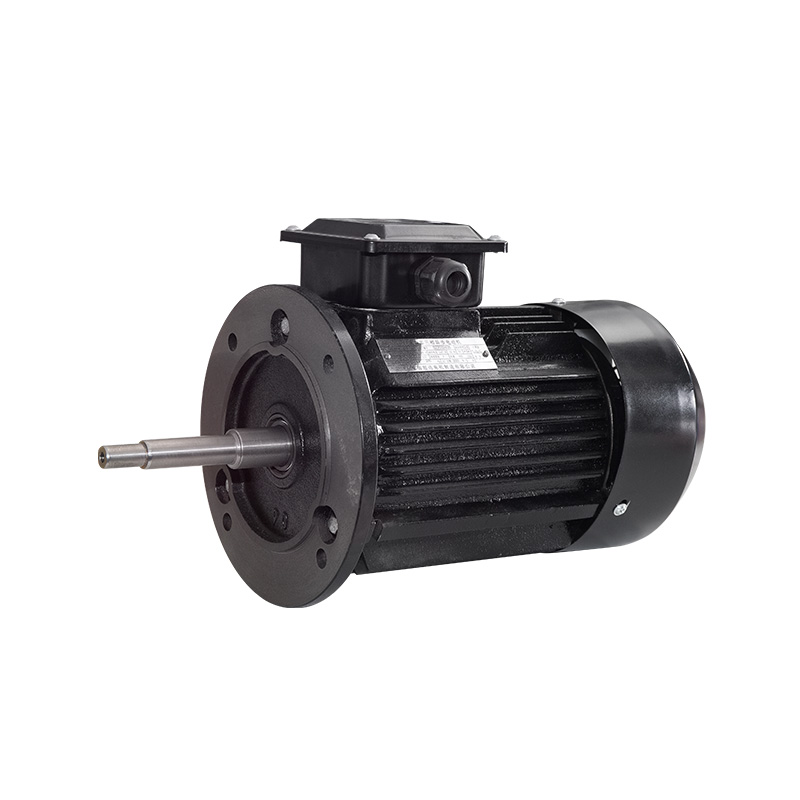
Mechanical Stress: Frequent starts and stops can also impose mechanical stress on the motor components, such as bearings and couplings.
Impact on Motor Lifespan:
Thermal Stress:
Insulation Degradation: Excessive heat can degrade the insulation of the windings, leading to potential short circuits or winding failures.
Component Fatigue: Prolonged exposure to high temperatures can accelerate the aging of materials and reduce the overall lifespan of the motor.
Mechanical Wear:
Bearing Wear: Bearings are subject to mechanical wear during operation. Continuous duty can lead to more uniform wear, whereas intermittent duty with frequent starts and stops can cause uneven wear and premature failure.
Commutator and Brushes (in DC Motors): For brushed DC motors, frequent starts and stops increase wear on the commutator and brushes, reducing their lifespan.
Electrical Stress:
Overvoltage and Overcurrent: Frequent inrush currents during start-up can stress the motor windings and electrical components, potentially leading to insulation breakdown or winding damage.
Voltage Spikes: Rapid switching in intermittent duty cycles can cause voltage spikes, further stressing the insulation and other electrical components.
Optimizing Duty Cycle for Performance and Lifespan:
Proper Sizing:
Ensure the motor is appropriately sized for the intended application, considering both the load and the duty cycle. Overloading a motor beyond its rated capacity can significantly shorten its lifespan.
Cooling and Ventilation:
Adequate cooling systems (e.g., fans, heat sinks, liquid cooling) should be in place to dissipate heat effectively, especially for motors operating at high duty cycles.
Proper ventilation around the motor installation can help in maintaining optimal operating temperatures.
Regular Maintenance:
Routine inspection and maintenance of the motor can help identify signs of wear and tear early, allowing for timely interventions to prevent failures.
Lubricating bearings, checking insulation resistance, and ensuring clean and secure electrical connections are crucial maintenance tasks.
Monitoring and Control:
Implementing monitoring systems to track motor temperature, current, and vibration can help in detecting abnormal operating conditions and prevent damage.
Using variable frequency drives (VFDs) or soft starters can reduce the mechanical and electrical stress during start-up and stopping cycles, enhancing motor lifespan.
The duty cycle plays a critical role in determining an electric motor’s performance and lifespan. Understanding and managing the duty cycle effectively can help in optimizing motor operation, improving efficiency, and extending the lifespan of the motor. Proper selection, cooling, maintenance, and control strategies are essential for ensuring reliable and long-lasting motor performance.
Related Products
-
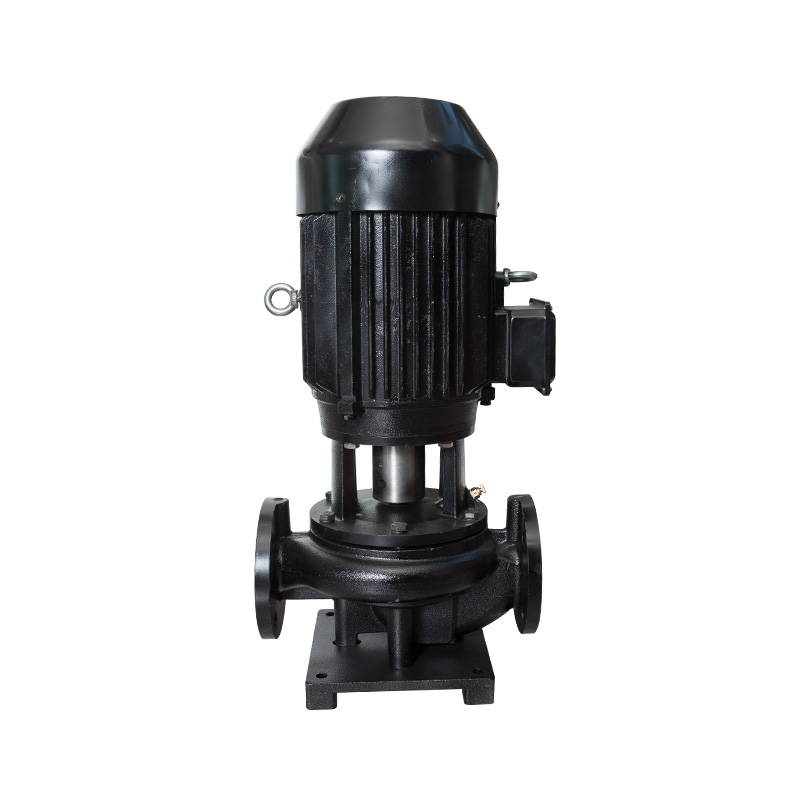
Vertical TD high-efficiency and energy-saving circulation pump
Cat:TD High-efficiency And Energy-saving Circulating Pump
The TD type single-stage pipeline circulation pump is a green, environ...
See Details -

TD high efficiency and energy saving circulating pump pump shaft
Cat:TD High-efficiency And Energy-saving Circulating Pump Accessories
The pump shaft is the component that connects the motor to the impelle...
See Details -

TD high-efficiency energy-saving circulation pump vertical base
Cat:TD High-efficiency And Energy-saving Circulating Pump Accessories
A vertical base is a pedestal used to support and secure a vertical TD...
See Details -
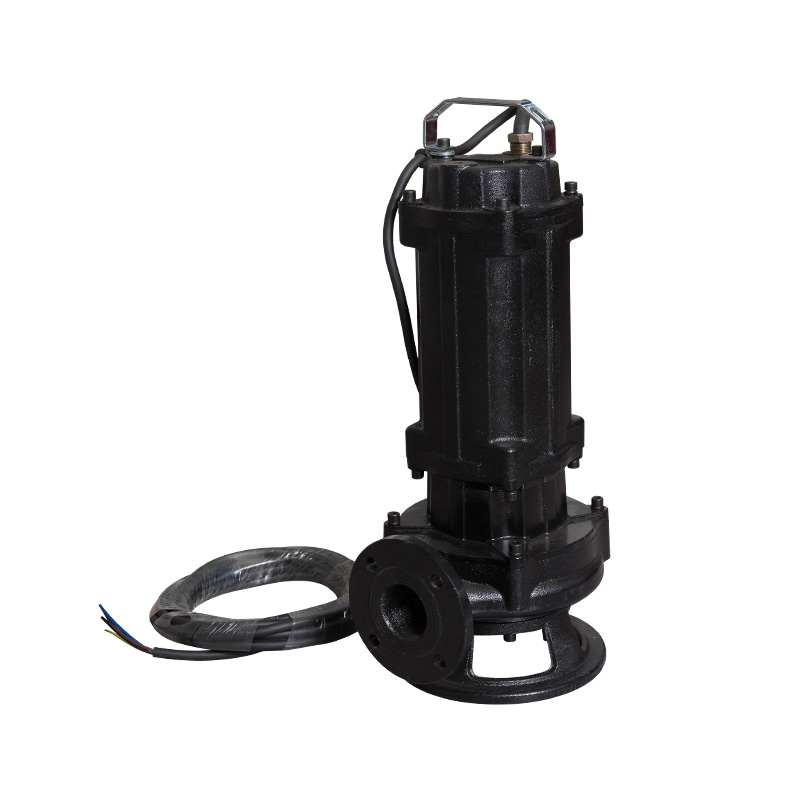
Cutting sewage pump
Cat:Sewage Pump
Cutting sewage pump is a kind of sewage pump, also called cutting pump...
See Details -

Sewage pump foot plate
Cat:Sewage Pump Accessories
Components mounted on the bottom of the sewage pump unit to support th...
See Details -

LG multi-stage pump water inlet section
Cat:LG Multi-stage Pump Accessories
The inlet section is the inlet portion of the pump and is responsible ...
See Details -
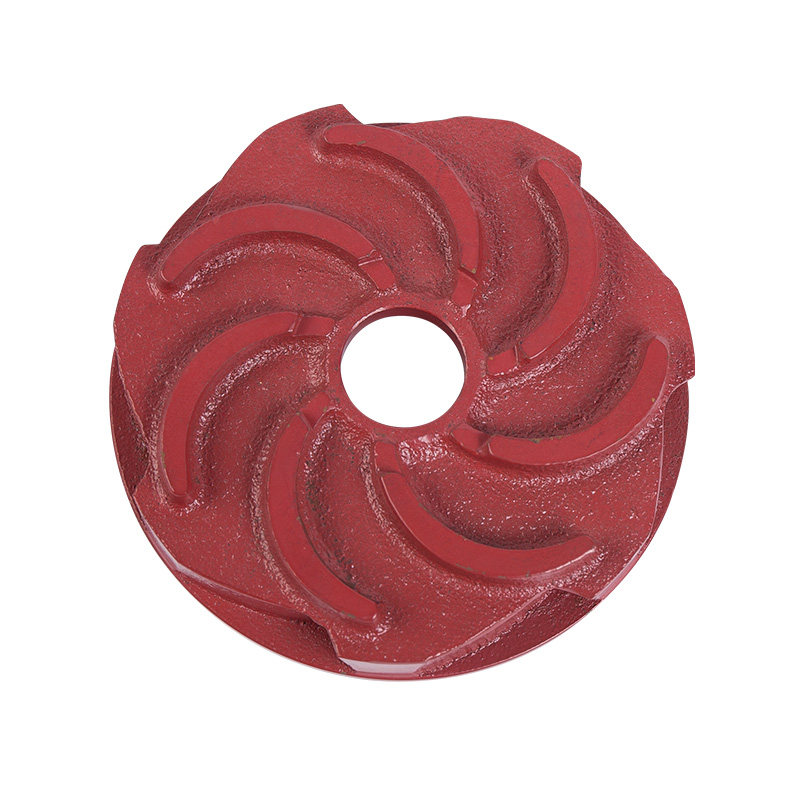
LG multi-stage pump guide vane
Cat:LG Multi-stage Pump Accessories
A guide vane is a guiding device located at the impeller inlet that gu...
See Details -

LG multi-stage pump stainless steel impeller
Cat:LG Multi-stage Pump Accessories
Stainless steel impellers are impellers made of stainless steel materi...
See Details -
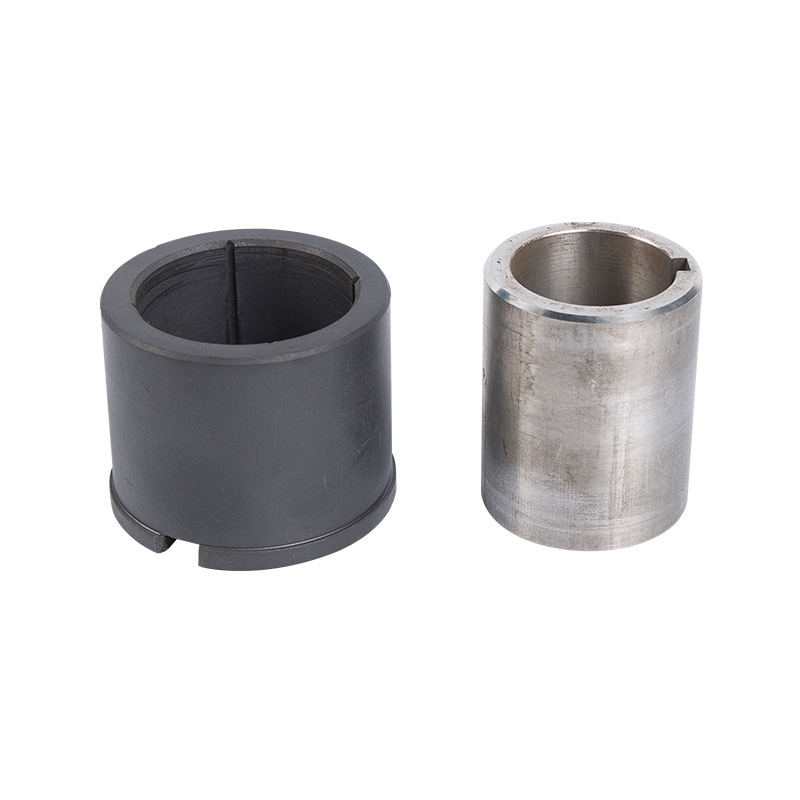
Stainless steel LG multi-stage pump bearing sleeve
Cat:LG Multi-stage Pump Accessories
Stainless Steel Bearing Sleeves are bearing sleeves made of stainless ...
See Details -
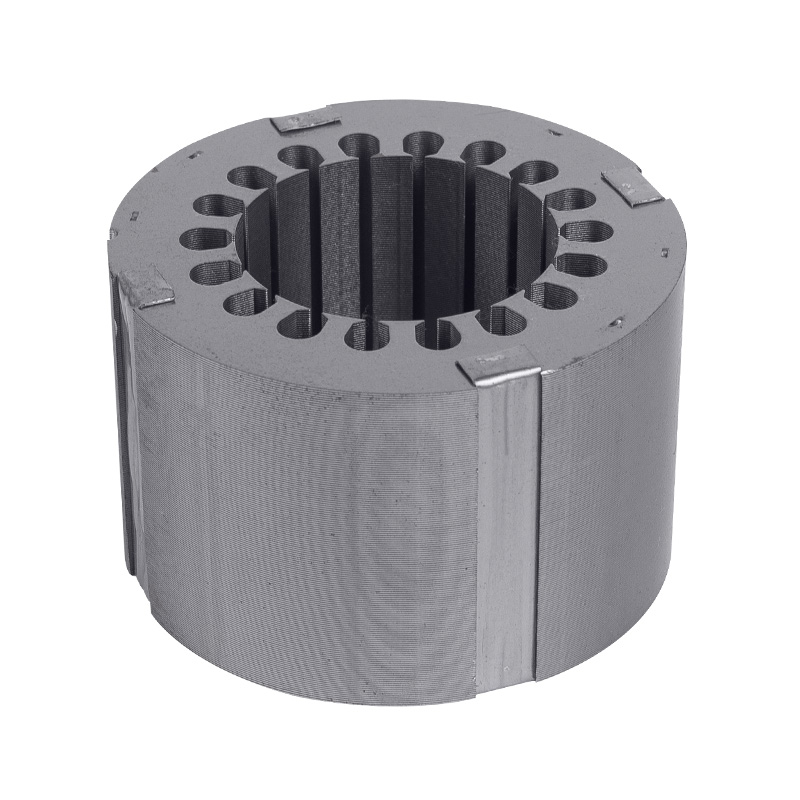
Motor core stator and rotor
Cat:Electric Motor Accessories
A common motor structure, the stator is fixed by the iron core structu...
See Details
- TD High-efficiency And Energy-saving Circulating Pump
- TD High-efficiency And Energy-saving Circulating Pump Accessories
- Pipeline Pump
- Pipeline Pump Accessories
- Sewage Pump
- Sewage Pump Accessories
- LG Multi-stage Pump
- LG Multi-stage Pump Accessories
- Cooling Tower Circulation Pump
- Electric Motor
- Electric Motor Accessories
-

+86-0563-2251312
-

+86-0563-2251311
-

+86-139 6620 0379
-

-

No.43 Guohua Road, Guangde Economic Development Zone, Xuancheng City, Anhui Province, China

